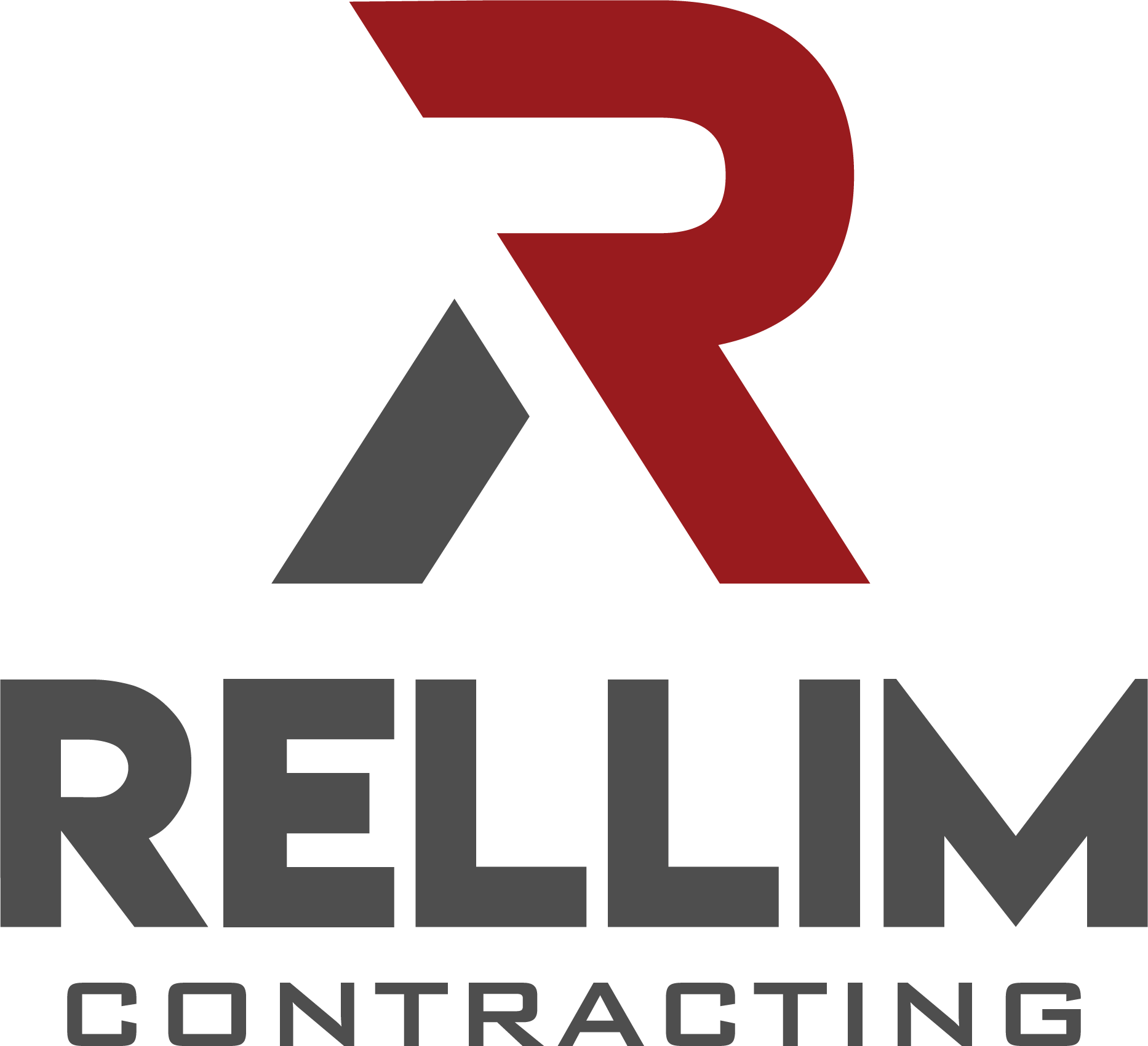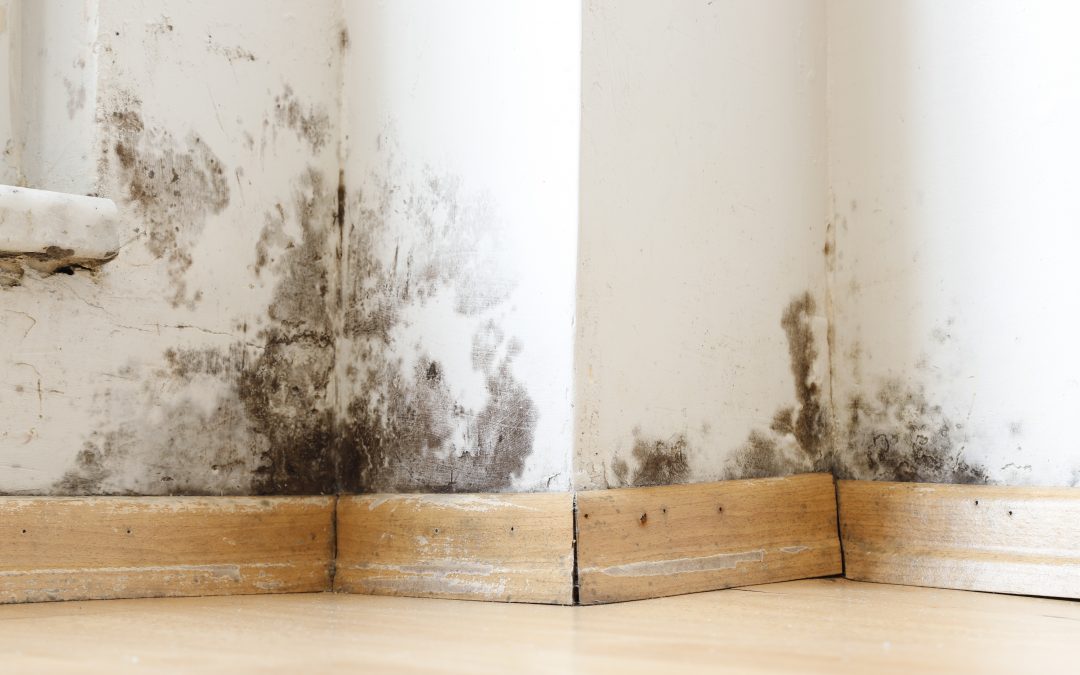The Hidden Threat: Mold Growth After Water Damage
Water damage is a common and often stressful occurrence for homeowners. Whether it’s a burst pipe, a leaking roof, or a flood, water damage can wreak havoc on your property. However, what many people fail to realize is that the problems don’t end when the water is gone. The hidden threat that often follows water damage is mold growth, and it can pose serious health risks and damage to your home. In this comprehensive guide, we’ll explore the insidious nature of mold growth after water damage and how to protect your home and health from this hidden menace.
Understanding Mold Growth
What Is Mold?
Mold is a type of fungus that thrives in various environments. It is a natural part of our ecosystem, playing a vital role in decomposing organic matter in the environment. Mold reproduces by releasing tiny spores into the air, which can be carried indoors and take root under the right conditions.
Common Types of Mold in Homes
Several types of mold can take hold in homes, but the most common ones include:
Cladosporium: Often found in indoor and outdoor environments, it can appear on walls, carpets, and insulation materials.
Aspergillus: A common household mold that can grow on walls, textiles, and other surfaces.
Stachybotrys chartarum (Black Mold): This infamous mold type can grow on cellulose-rich materials and may have severe health implications.
Penicillium: Often found on wallpaper, insulation, and other materials. Some types of Penicillium can produce mycotoxins.
Conditions Required for Mold Growth
Mold spores are always present in the air, but they need specific conditions to grow and become a problem. These conditions typically include:
Moisture: Mold thrives in damp or wet environments. Water damage provides the moisture needed for mold to grow.
Warmth: Most molds prefer temperatures between 77-86°F (25-30°C).
Food source: Mold feeds on organic materials like wood, drywall, paper, and fabric.
Water Damage and Mold
The Connection
Water damage is a catalyst for mold growth. When water infiltrates your home through leaks, floods, or other means, it creates an ideal environment for mold spores to settle and flourish.
Common Sources of Water Damage
Leaky Roofs: Roof leaks can allow water to seep into your attic, ceiling, and walls.
Burst Pipes: A burst pipe can flood your home with water, soaking floors, walls, and possessions.
Floods: Natural disasters and flash floods can inundate your home with water.
High Humidity: Prolonged high humidity can also create conditions for mold growth, even without a specific water event.
The Timeline for Mold Growth
Mold doesn’t waste any time once the conditions are right. Mold can begin to grow within 24-48 hours of water exposure. As time progresses, it can spread quickly, causing more extensive damage and increasing health risks.
Health Risks Associated with Mold
Mold growth isn’t just unsightly; it can also pose significant health risks to you and your family. The health implications vary depending on the type of mold and the individual’s sensitivity, but common health problems associated with mold exposure include:
Respiratory Issues: Exposure to mold spores can cause or exacerbate respiratory problems such as asthma, allergies, and bronchitis.
Skin Irritation: Some individuals may experience skin rashes, itching, or redness upon contact with mold.
Sinus Infections: Mold spores can irritate the nasal passages and lead to sinus infections.
Headaches and Fatigue: Mold exposure can lead to general discomfort, including headaches and fatigue.
More Severe Reactions: In rare cases, individuals with mold sensitivity or allergies may experience more severe reactions, including fever and difficulty breathing.
Vulnerable Populations
Some people are more susceptible to the adverse effects of mold, including infants, the elderly, and individuals with compromised immune systems. It’s crucial to address mold growth promptly to protect the health of vulnerable family members.
Signs of Mold Growth
Detecting mold early is critical to addressing the issue promptly. Mold can grow in hidden places, making it challenging to spot. Here are some common signs that mold may be present in your home:
Visible Mold: Obvious patches of mold growth on walls, ceilings, or other surfaces.
Musty Odor: Mold often emits a strong, musty odor that can be a telltale sign.
Water Stains: Water stains on walls or ceilings may indicate a previous water event that could lead to mold growth.
Allergic Reactions: If you or your family members experience unexplained allergy symptoms, it could be due to mold.
Peeling Paint or Wallpaper: Mold can grow beneath paint or wallpaper, causing it to bubble or peel.
Deteriorating Building Materials: In more severe cases, mold can cause building materials like drywall and wood to deteriorate.
Preventing Mold Growth After Water Damage
Preventing mold growth after water damage is critical for safeguarding your home and health. Here are some steps to take:
1. Act Quickly
Time is of the essence when it comes to water damage. The sooner you address the issue, the less likely mold will have the opportunity to grow. Promptly identify the source of the water damage and take steps to stop it.
2. Properly Dry and Dehumidify
Completely dry the affected areas. This might involve removing standing water, using fans and dehumidifiers, and opening windows to improve ventilation. Moisture meters can be helpful for monitoring the drying process.
3. Remove Damaged Materials
Sometimes, building materials like drywall, insulation, and carpet may be too damaged to salvage. Removing and replacing these materials may be necessary to prevent mold growth.
4. Disinfect and Clean
Thoroughly clean and disinfect affected areas. Use appropriate cleaning agents and techniques to remove any residual mold spores.
5. Address the Source
Determine the cause of the water damage and address it. Whether it’s a leaky pipe, a roof issue, or high humidity levels, take steps to fix the problem to prevent future water damage and mold growth.
6. Consider Professional Help
For significant water damage events or if mold growth is extensive, it’s advisable to seek professional assistance. Mold remediation experts have the training and equipment to handle the situation safely and effectively.
7. Maintain Proper Ventilation
Proper ventilation is essential in preventing mold growth. Use exhaust fans in bathrooms and kitchens and ensure that your home is well-ventilated to reduce moisture buildup.
Mold Removal and Remediation
The Mold Removal Process
Mold removal, also known as mold remediation, involves several steps:
Assessment: A thorough inspection to identify the extent of the mold infestation.
Containment: Isolating the affected area to prevent the spread of mold spores to other parts of the home.
Removal: Physically removing the mold from surfaces using specialized equipment.
Cleaning: Cleaning and disinfecting the area to remove any remaining mold spores.
Prevention: Taking measures to prevent future mold growth, which may include fixing the source of water damage.
Testing: Post-remediation testing to ensure that the mold has been effectively removed.
Equipment and Techniques
Mold remediation professionals use various equipment and techniques to ensure thorough removal and prevention:
HEPA (High-Efficiency Particulate Air) Filtration: Air scrubbers with HEPA filters are used to capture and remove mold spores from the air.
Containment Barriers: Plastic sheeting and negative air pressure systems help isolate the affected area.
Biocides and Disinfectants: Specialized cleaning agents are used to kill and remove mold.
Dehumidification: Reducing humidity to prevent further mold growth.
Drying Techniques: High-powered fans and dehumidifiers help dry affected areas thoroughly.
Post-Remediation Testing
After mold removal, it’s essential to conduct post-remediation testing to ensure that the problem has been effectively addressed. This involves air quality testing and surface testing to confirm that mold spore levels are within acceptable limits.
Insurance and Mold Damage
Does Homeowners’ Insurance Cover Mold Damage?
Whether or not your homeowners’ insurance covers mold damage depends on the policy and the cause of the mold. Most policies cover mold damage if it results from a “covered peril,” such as a burst pipe or a storm that causes water damage. However, insurance may not cover mold growth resulting from neglect or lack of maintenance.
Filing an Insurance Claim for Mold
If you believe your mold damage is covered by your insurance policy, follow these steps to file a claim:
Document the Damage: Take photographs and keep records of the mold damage, its cause, and any repair or remediation work.
Contact Your Insurance Company: Notify your insurance company as soon as possible and provide them with the necessary information.
Mitigate Further Damage: Take steps to prevent further mold growth or damage while you await the insurance adjuster’s visit.
Cooperate with the Adjuster: When the adjuster visits, provide them with all the information they need to assess the claim.
Review Your Policy: Understand what your policy covers and what your responsibilities are in the claims process.
Obtain Professional Help: If the mold damage is extensive, consider hiring a public adjuster to help you navigate the claims process.
DIY Mold Cleanup vs. Professional Help
The decision to tackle mold cleanup yourself or hire professionals depends on several factors:
DIY Mold Cleanup
Small Areas: If the mold growth is limited to a small area (less than about 10 square feet) and you have the appropriate safety gear and cleaning agents, you can attempt to clean it yourself.
Low Risk: If you’re dealing with a low-risk mold type, such as Cladosporium, and you don’t have underlying health issues, DIY cleanup may be appropriate.
Safety Precautions: Ensure you wear proper protective equipment, including an N95 respirator, gloves, and goggles. Adequate ventilation is also essential.
Education: Research and understand the proper techniques for mold cleanup to avoid spreading spores.
Professional Mold Remediation
Extensive Mold Growth: For significant mold infestations or when mold is present in multiple areas of your home, professional help is essential.
Health Risks: If you or your family members have health issues, allergies, or sensitivities to mold, it’s safer to leave the job to professionals.
Hidden Mold: Mold often hides in walls, ceilings, and other concealed spaces. Professionals have the tools to detect and address hidden mold.
Safety: Mold remediation experts are trained to handle mold safely, preventing exposure to mold spores and contaminants.
Effective Results: Professionals are more likely to completely remove the mold, preventing its return.
Conclusion and Call to Action
Mold growth after water damage is a hidden threat that can pose serious health risks and damage to your home. Understanding the conditions for mold growth, its health implications, and the steps to prevent and address it is crucial for homeowners.
Remember that quick action is key when it comes to water damage. Address the source of the problem, properly dry and dehumidify, and consider professional assistance if needed. Mold removal and remediation should be thorough, and post-remediation testing is essential to confirm that the issue has been resolved.
If you’re dealing with mold after water damage, take it seriously. Your health and the structural integrity of your home are at stake. Act promptly, take the necessary precautions, and, if in doubt, consult with professionals to ensure a safe and effective resolution.
Protecting your home from mold is not only an investment in your property’s value but also in the health and well-being of your family. Don’t let the hidden threat of mold growth catch you off guard.
For professional assistance with mold removal and water damage mitigation, visit Rellim Contracting today.

